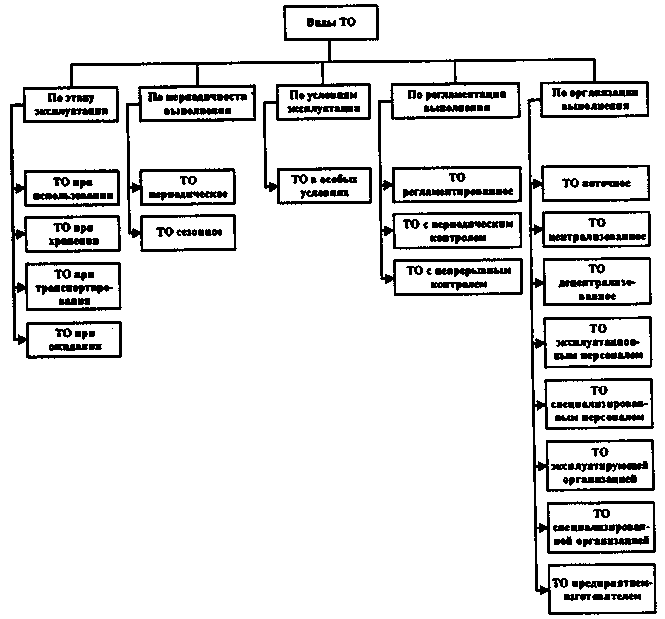
How to dispose of transmission fluid
Transmission fluid is a lubricating fluid designed to keep transmission components working properly and maintaining low temperatures. When it gets dirty, its original red or green color may change to brown or black. A change in the color of the fluid means you need to change the transmission fluid and filter, although this also depends on your automatic or manual transmission, vehicle type, and driving style. Service manuals will also list transmission fluid change intervals - typically every 30,000 miles. Manual transmission fluids wear out faster, although frequent driving in heavy traffic and towing heavy loads can also shorten the life of your transmission fluid.
In addition to the recommended maintenance and discoloration requirements, signs that your transmission fluid may need to be replaced include:
- puddle under your car.
- Delays or shifting problems are more noticeable on vehicles with a manual transmission.
- The transmission high temperature warning light comes on.
- Slight burning smell - Instead, most automatic transmission fluids have a sweet smell.
3 types of transmission fluid
There are 3 different types of transmission fluid. They vary in base materials and purpose, and each vehicle has a specific fluid that it is compatible with. They all contain chemicals that are harmful to humans, animals and the environment if not properly disposed of. 3 main ones:
1. Automatic transmission fluid: Designed for automatic transmission vehicles and some new manual transmission vehicles, automatic transmission fluid helps lubricate gears, band friction and valve operation. It is made from refined hydrocarbons in crude oil and is designed for specific vehicles.
2. Manual transmission fluid: Manual transmission fluid is usually made from a variety of oils such as regular motor oil, even heavier hypoid gear oil, and other heavy metals such as lead. It is used exclusively in vehicles with a manual transmission.
3. Synthetic transmission fluid: Synthetic transmission fluid is produced by chemical reactions under pressure and controlled temperature, making it an ideal fluid. It oxidizes less, does not break down and does not become thinner at high temperatures. Different car manufacturers may recommend synthetic fluid instead of traditional fluid depending on the needs of each model.
4 Steps to Dispose of Your Transmission Fluid
Regardless of the type of transmission fluid you use, when it comes time to change it, you will need to dispose of the old fluid. Like many automotive fluids, transmission fluid contains ingredients that can be harmful if swallowed and damage the environment, such as toxic heavy metals and lead. Intentional disposal methods are required to protect your health and the ecosystem. Luckily, transmission fluid is recyclable, so getting rid of old fluid isn't just about improving vehicle performance. Follow these 4 steps to properly dispose of transmission fluid:
1. Collect the old fluid from the transmission flush. Make sure the pan you are using is large enough to hold up to 3 gallons of liquid.
2. Pour the liquid from the drain pan into an airtight container. Use a funnel to avoid spilling. A sealed plastic bottle or milk jug often helps. Make sure that there are no other liquids or oils in the container, as most collection points do not accept mixed liquids, and that the lid is tight. Keep it in a safe place out of the reach of children or pets.
3. Locate a local collection point for automotive fluids. Some local recycling plants accept used transmission fluid along with other automotive fluids. Contact your local authorities to find your nearest household hazardous waste collection point. Or see if your local auto parts store will take the fluid from you - most will do it for free because they can make money from what they sell to recycling centers.
4. Dispose of the old transmission fluid. There are several waste management teams that will come and pick up the old transmission fluid, so you will most likely have to pick it up yourself. For safe transportation, double check the storage container for leaks to make sure it won't spill in your car or any other vehicle you use.
Old transmission fluid should never be poured down the drain, into the grass, onto the pavement, or mixed with any other type of oil. It can harm animals or people that come into contact with it, as well as potentially contaminate water sources. Upon delivery to the treatment plant, the old liquid can be cleaned and reused. Be careful when disposing of all automotive fluids and be aware that all automatic, manual and synthetic transmission fluids require intentional disposal.

